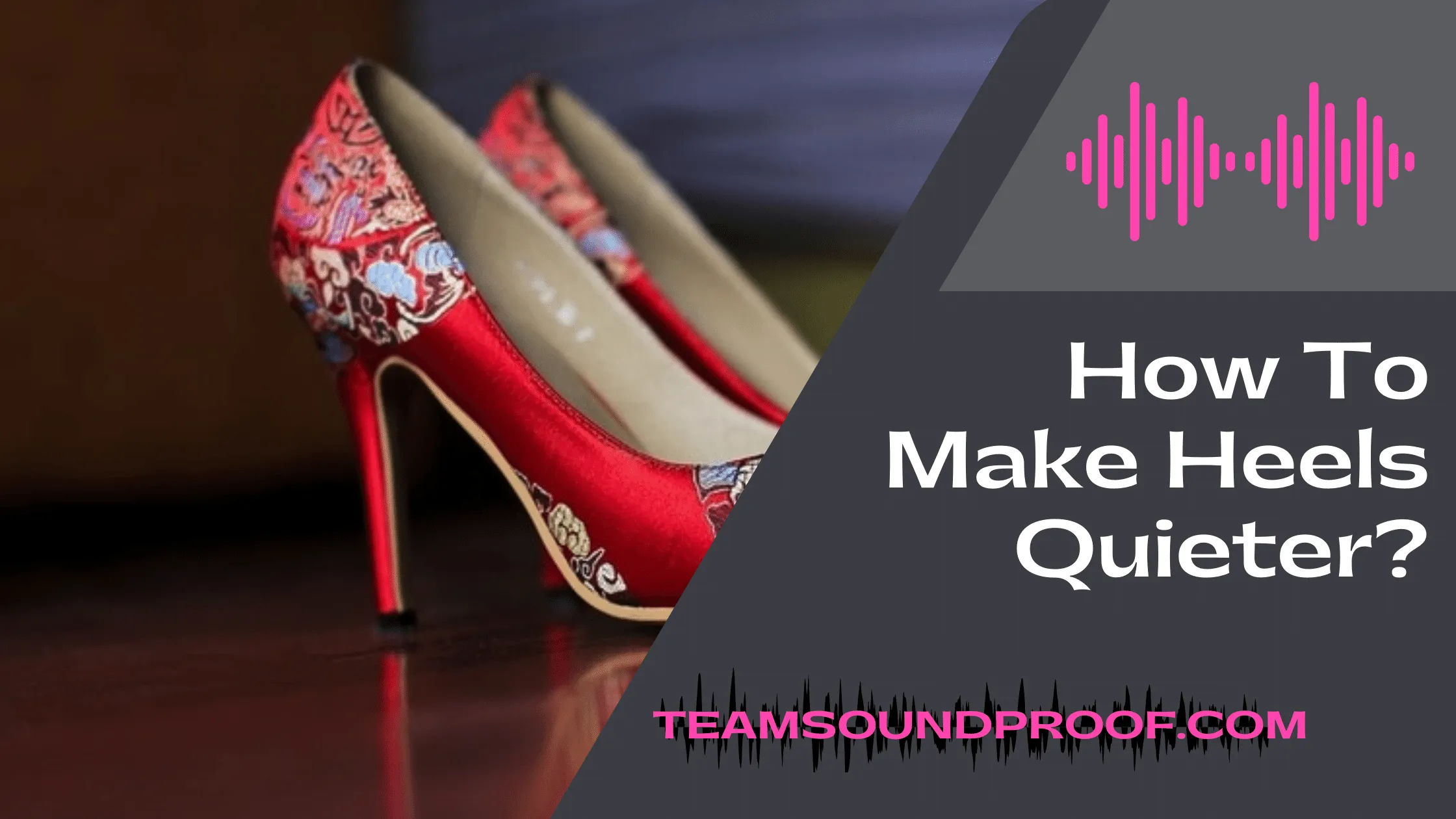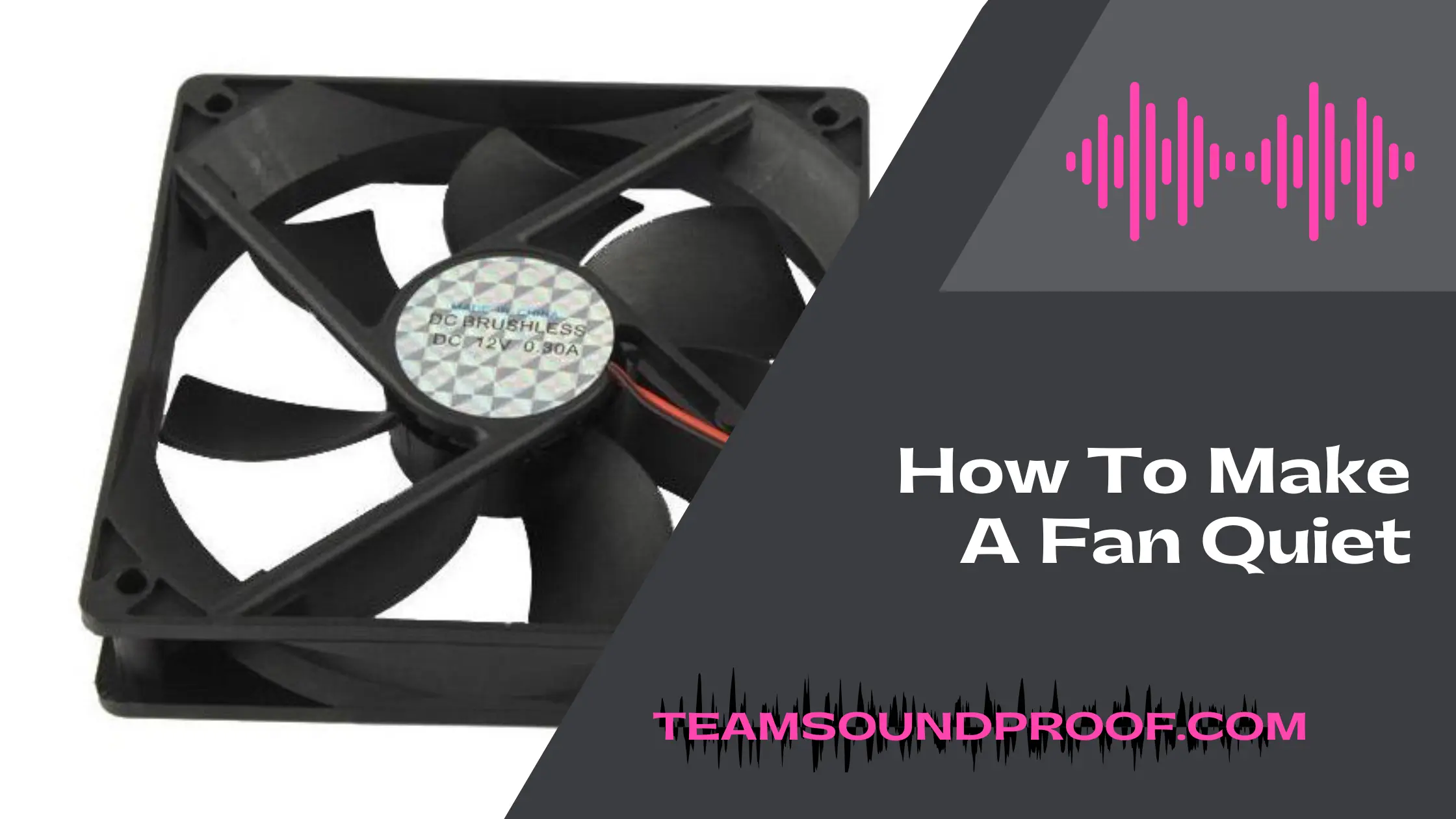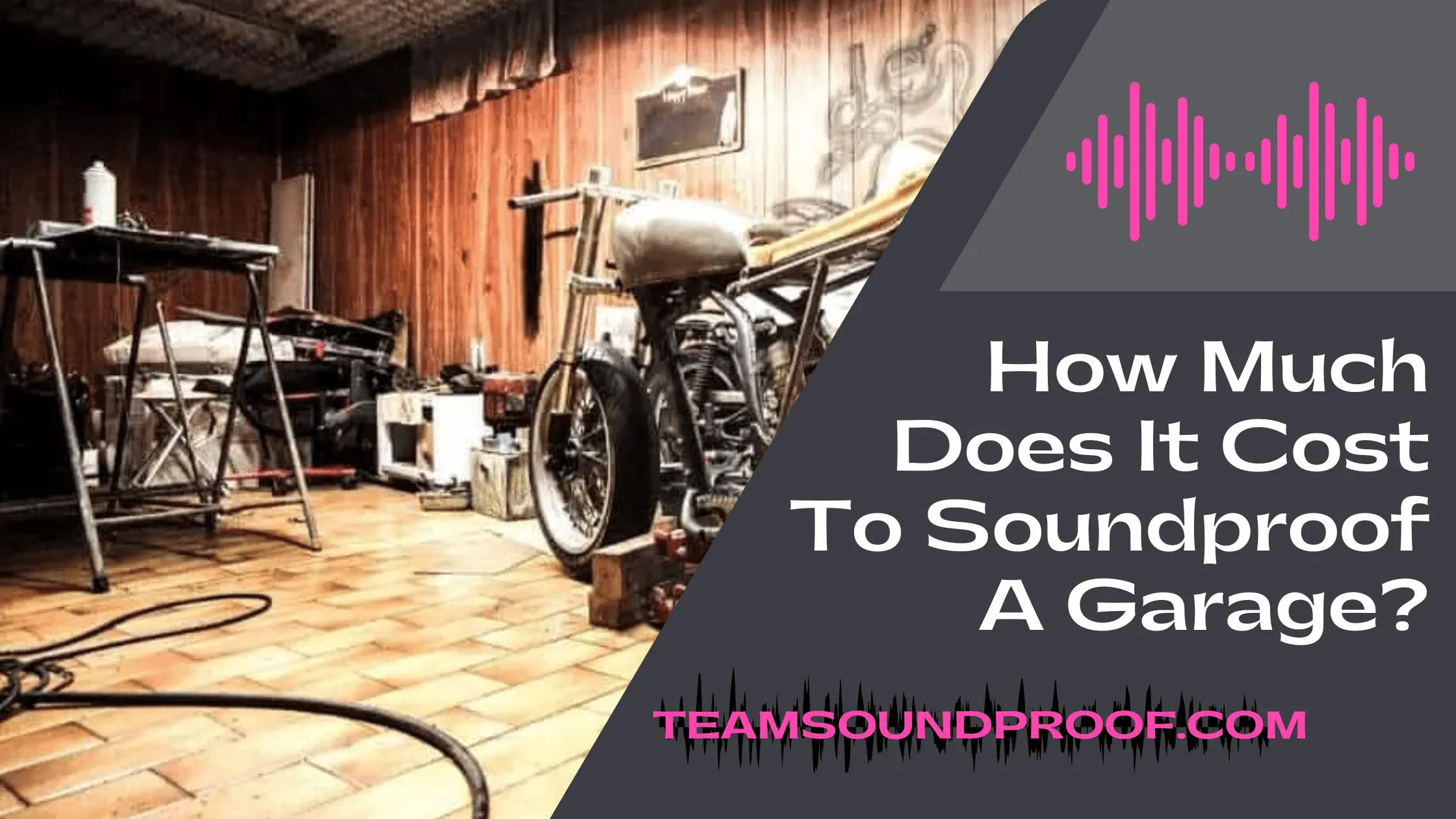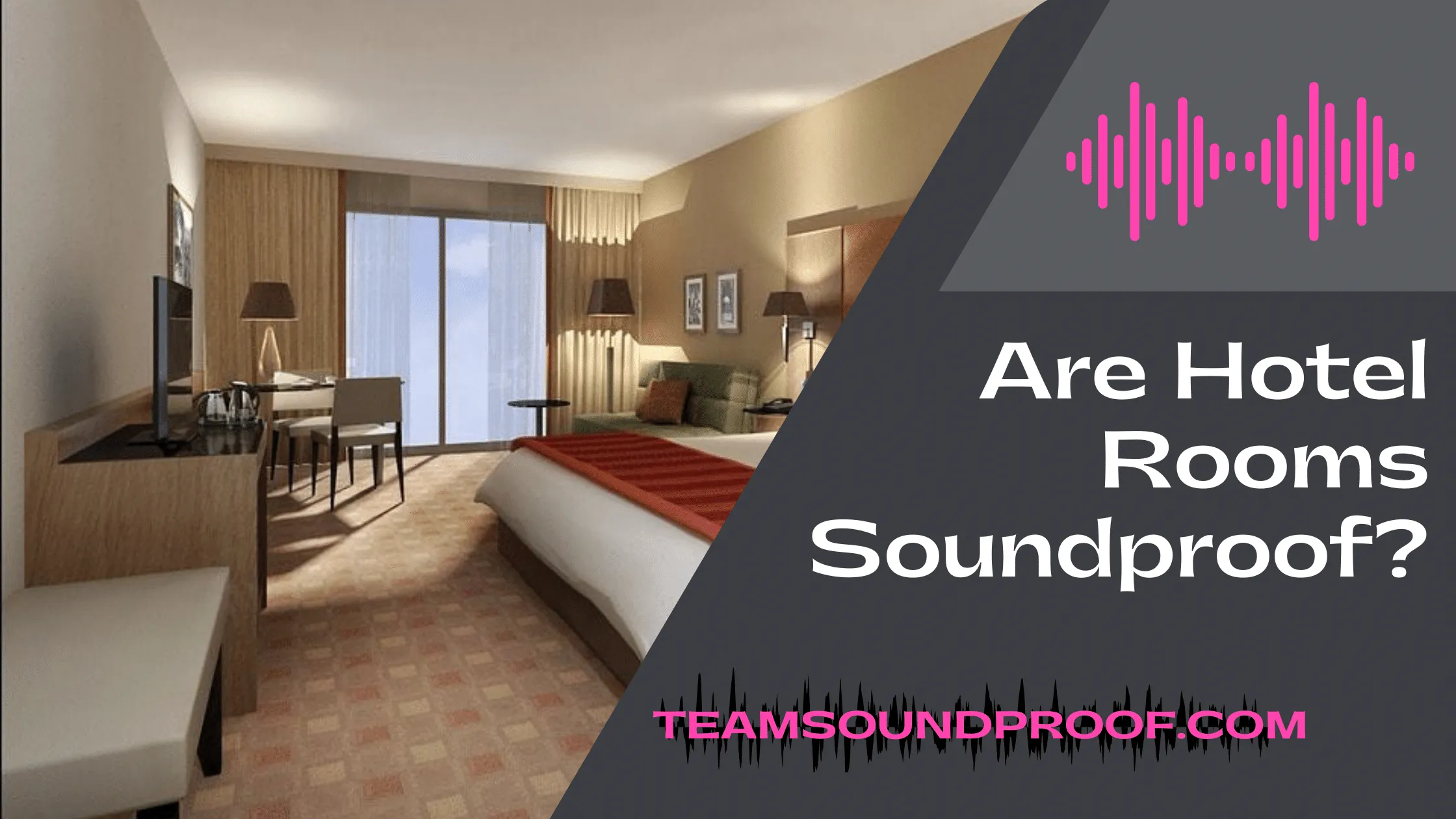Building a soundproof booth can seem like a daunting task, but it doesn’t have to be. With the right materials and some clever planning, you can create an acoustic haven for recording music or podcasts, without all the noise from outside distractions. In this blog post, we’ll go through how to set up your own professional sounding audio studio with easy step-by-step instructions. So if you’re looking to tackle creating more privacy and better sound production in one DIY project - then keep reading!
How to Build a Soundproof Booth?
To build a soundproof booth, start by gathering all of the materials that you will need. You will need some large pieces of rigid foam, preferably at least 2 inches thick, along with some plywood boards and screws. You may also want to include other materials such as acoustical tiles and weather stripping, depending on the type of audio equipment that you are trying to improve.
Once you have gathered all of your materials, start by building a frame for your soundproof booth out of the plywood boards. You can use a variety of different design styles, depending on your preferences and the amount of space that you have available. However, it is important to make sure that the frame is sturdy and well-supported, so try to avoid using thin or flimsy pieces of wood.
After you have built your soundproof booth frame, start adding layers of foam to the interior surfaces. Ideally, you should aim for at least three layers of foam, but more may be necessary depending on how much noise needs to be blocked out. You should also try to cover as many sides as possible with foam in order to create an effective barrier against noise from outside.
Finally, complete your soundproof booth by adding any additional elements that you may need. This can include things like acoustical tiles, weather stripping, and other materials that are designed to improve sound quality. Once your soundproof booth is built, simply place your audio equipment inside and enjoy the improved sound quality!
If you want to make your amplifier or speaker even more powerful, building a soundproof booth is one of the best ways to do so. By blocking out background noise and creating a quiet space for your audio equipment, you can achieve better sound quality than ever before. To get started on building your own soundproof booth, gather all of the necessary materials and follow these simple steps.
What Is a Soundproof Booth and What Are Its Benefits?
A soundproof booth is a space designed specifically for audio equipment, such as amplifiers and speakers. The primary benefit of using a soundproof booth is that it helps to block out background noise from outside the booth, allowing your audio equipment to produce better sound quality.
This can help to improve the listening experience for both you and your audience, making your audio equipment more powerful and effective. Additionally, many soundproof booths include additional features like acoustical tiles and weather stripping, which further enhance sound quality by minimizing echoes within the booth.
It can be difficult to determine exactly which materials are needed for building a soundproof booth, as this will depend on the specific configuration and design of your audio equipment. However, in general, you will need some large pieces of rigid foam, plywood boards and screws, as well as other materials such as acoustical tiles and weather stripping. By carefully following the steps outlined above, you can successfully build your own soundproof booth and take advantage of all of its benefits.
There are many different ways to build a soundproof booth, depending on your specific needs and preferences. Some common design approaches include using rigid foam boards for the walls of the booth, as well as adding additional elements like acoustical tiles or weather stripping to further improve sound quality.
Regardless of the specific materials that you use or how you choose to build your soundproof booth, it is sure to help improve the performance and power of your audio equipment. So if you want to get even better sound out of your amplifier or speaker, consider building a soundproof booth today!
Tips for How to Make Your Soundproof Booth Even Better:
- Invest in high-quality materials and construction techniques. This will help ensure that your soundproof booth is sturdy and well-supported, which is essential for blocking out unwanted noise and maximizing the performance of your audio equipment. It may also be helpful to enlist the help of a professional contractor or builder, who can use their expertise to create an effective soundproof booth.
- Consider using additional features like acoustical tiles and weather stripping. These elements can help further improve the quality of sound in your audio equipment by minimizing echoes and outside noise within your soundproof booth. It is also important to remember that the size and shape of your soundproof booth can have a significant impact on its effectiveness.
- Test your soundproof booth regularly and make any necessary adjustments as needed. This will help ensure that it continues to provide maximum protection for your audio equipment, allowing you to achieve better sound quality than ever before. In particular, pay attention to things like ambient noise levels in the surrounding environment and how well your speakers are performing inside the booth.
- Stay up-to-date on the latest trends and developments in soundproofing technology. This can help you continue to improve your soundproof booth over time, whether through using more advanced materials or simply tweaking the design of your existing booth. By staying informed about new developments in this area, you can ensure that your audio equipment always benefits from the very best protection available.
Overall, if you want to make your amplifier or speaker even more powerful and effective, building a soundproof booth is one of the best ways to do so. By blocking out background noise and creating a quiet space for your audio equipment, you can achieve higher quality sound that will impress both you and your audience. So consider investing in the materials and construction techniques needed for building a soundproof booth today, and start enjoying the benefits right away!
Conclusion:
A soundproof booth can be a great asset for anyone who needs to concentrate in noisy environments or make phone calls without fear of being overheard. By following the instructions in this article, you should be able to build your own soundproof booth relatively easily and cheaply. If you need more help, there are many professional companies that specialize in soundproofing offices and other spaces.
Frequently Asked Questions
What Materials Do I Need for A Soundproof Booth?
There are many types of materials that can be used for a soundproof studio, including acoustic foam panels, insulation, plywood, rubber mats, weather stripping, and curtains or blankets. Depending on how large and complex your booth is, you may also need additional hardware like screws and nails. It ’s best to consult a professional or do some research online for more specific recommendations.
How Do I Soundproof My Booth?
There are several common methods for soundproofing your booth, including adding layers of insulation inside the walls and ceiling, using acoustic foam to reduce echoes and reverberation, installing noise dampening curtains or blankets, and using weather stripping or rubber mats to seal up cracks.
It’s important to do thorough research and take your time when building a soundproof booth, as the quality of your final product will depend heavily on the materials you choose and how well they are installed.
How Do I Plan out The Design of My Soundproof Booth?
The first step is to think about what your needs and goals are for your studio - this will help you determine the size, shape, and layout that works best for you. You should also consider any potential noise sources in and around your space, such as nearby traffic or outdoor noise that may seep in through windows and doors.
Once you have a good idea about what type of booth you want to build, it’s time to get started with the design process! This can include drafting blueprints, measuring dimensions, and running tests to ensure that your final product delivers on its promise of superior sound isolation.





